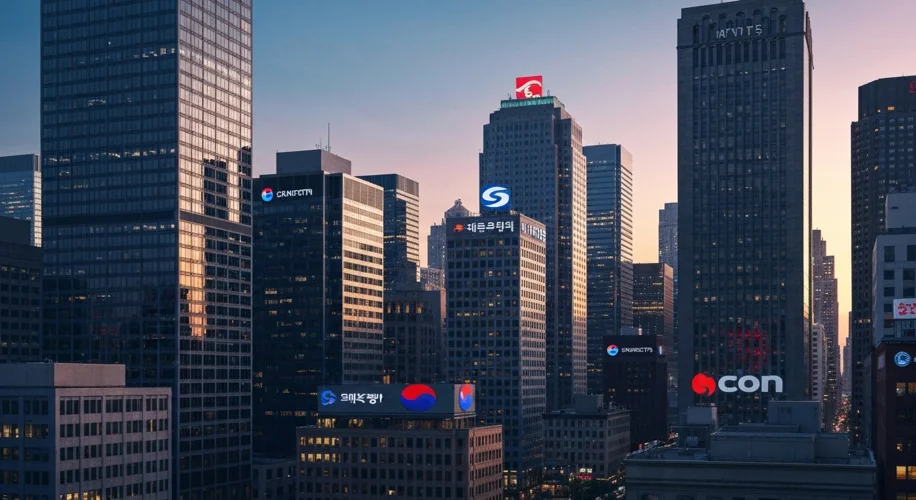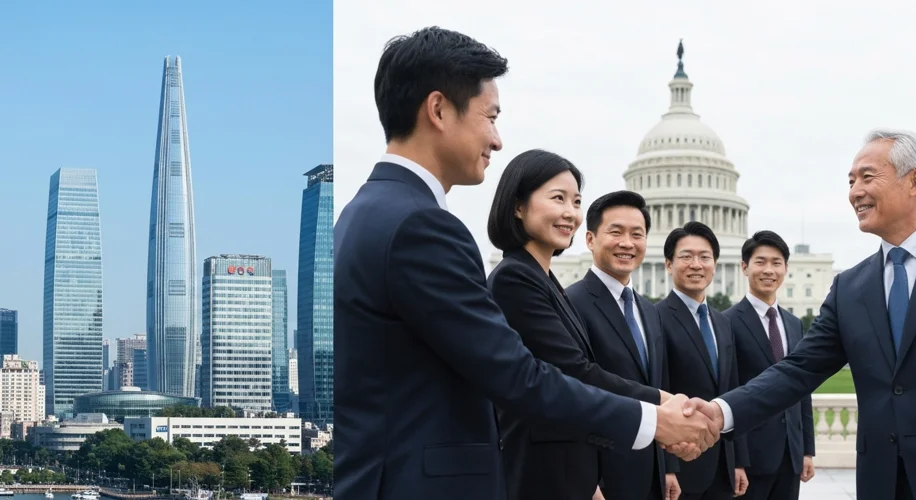The relationship between South Korea and the United States is a complex tapestry woven with threads of economic partnership, strategic alliance, and intricate diplomatic maneuvers. For decades, South Korea has been a significant investor in the U.S. economy, a testament to the deep trust and mutual benefit cultivated between the two nations. This investment, however, has not been without its challenges, particularly concerning the intricate dance of visa systems and the ever-evolving landscape of diplomatic relations.
From the ashes of the Korean War, South Korea emerged as a nation determined to rebuild and redefine itself. Its transformation into a global economic powerhouse is a story of remarkable resilience and strategic foresight. A key element of this success has been its outward-looking economic policy, which increasingly turned towards the United States as a primary destination for investment. By the late 20th century, South Korean conglomerates, or chaebols, began to establish a significant presence across American soil. These investments spanned various sectors, from manufacturing and technology to automotive and finance, creating jobs and stimulating economic growth in diverse U.S. communities.
Consider the automotive sector. Companies like Hyundai and Kia, once relatively unknown entities in the American market, systematically built manufacturing plants in states like Alabama and Georgia. This wasn’t merely about exporting cars; it was about embedding themselves within the American industrial fabric, fostering local supply chains, and demonstrating a long-term commitment. Similarly, the technology sector saw Korean firms, particularly in electronics and semiconductors, pouring billions into research and development, acquiring American companies, and establishing significant operational footprints.

The success of such cross-border investment is intrinsically linked to the ease with which individuals can navigate the visa system. For South Korean business leaders, engineers, and skilled workers seeking to manage these investments, the U.S. visa system has been a critical, and at times, frustrating gateway. The E-2 Investor Visa, for instance, has been a cornerstone for many South Korean entrepreneurs and investors, allowing them to develop and direct their U.S. enterprises. However, the requirements and processing times can be stringent, demanding meticulous documentation and a clear demonstration of substantial investment and the intent to develop a successful business.
Beyond the E-2, other visa categories like the H-1B for specialized occupations and the L-1 for intracompany transferees have played vital roles. These visas facilitate the movement of talent and expertise, crucial for managing complex international operations. Yet, the history of these visa programs is marked by fluctuating quotas, policy changes, and ongoing debates about their impact on the American workforce. For South Korean investors, navigating these changes requires a sophisticated understanding of U.S. immigration law and often a reliance on expert legal counsel.
Diplomatic relations have served as the overarching framework within which these economic ties have flourished. The U.S.-South Korea alliance, forged in the crucible of the Cold War and solidified through shared security concerns, has provided a stable geopolitical environment conducive to investment. Regular dialogues, summits, and ministerial meetings between officials from both nations have addressed economic cooperation, trade agreements, and issues related to visa policies. These diplomatic efforts aim to streamline processes, resolve disputes, and ensure that the flow of capital and talent is as unhindered as possible.
However, the relationship is not static. Geopolitical shifts, evolving trade policies, and domestic economic pressures in both countries can influence the dynamics of investment and the intricacies of visa administration. For example, periods of increased trade friction or shifts in U.S. immigration policy can create uncertainties for South Korean investors. The COVID-19 pandemic, for instance, brought unprecedented challenges, impacting travel, business operations, and the very nature of global investment, necessitating adaptive diplomatic strategies.
The impact of South Korean investment in the U.S. extends far beyond mere economic figures. It represents a powerful narrative of globalization, interdependence, and the enduring strength of bilateral partnerships. The success of these investments is a testament to the foresight of South Korean business leaders and the receptiveness of the U.S. market, all facilitated by a robust, albeit complex, diplomatic and immigration framework.
Looking ahead, as both nations continue to navigate a rapidly changing global landscape, the investment relationship between South Korea and the United States is poised to remain a vital component of their enduring alliance. The ongoing dialogue and cooperation on issues ranging from trade and technology to security and people-to-people exchanges will be crucial in shaping the future of this dynamic partnership, ensuring that the threads of investment and diplomacy continue to be woven ever more tightly.

